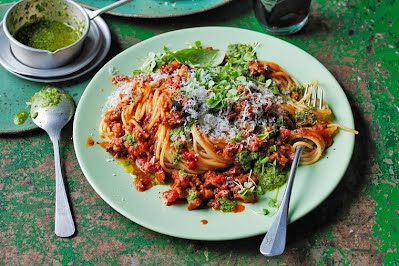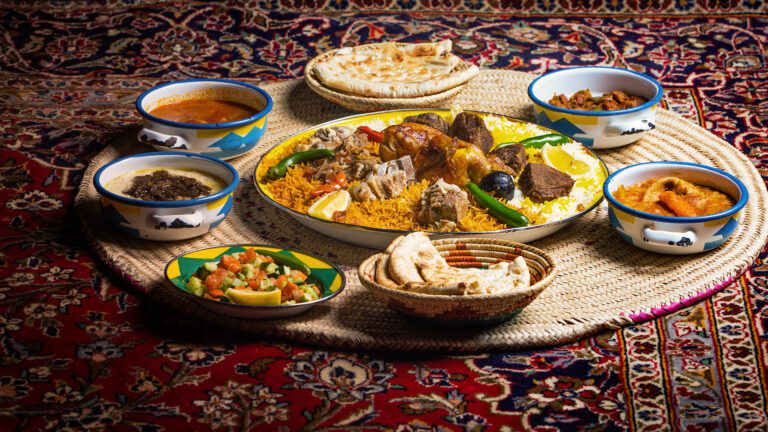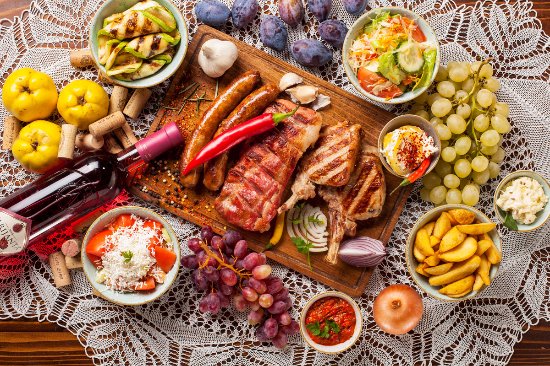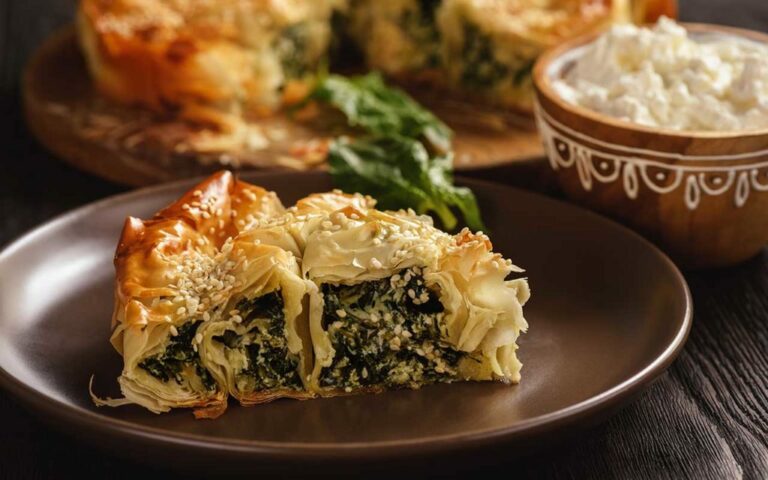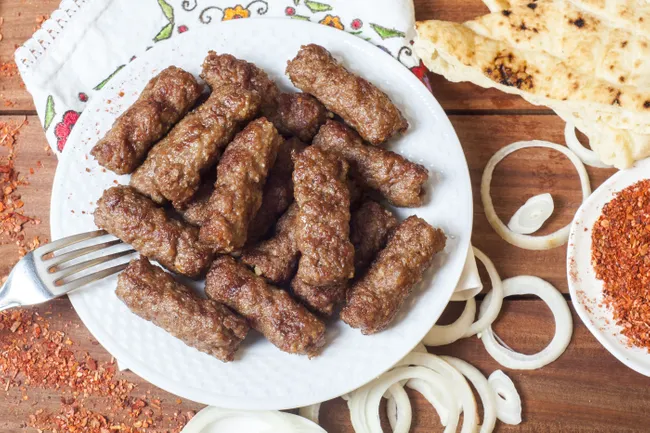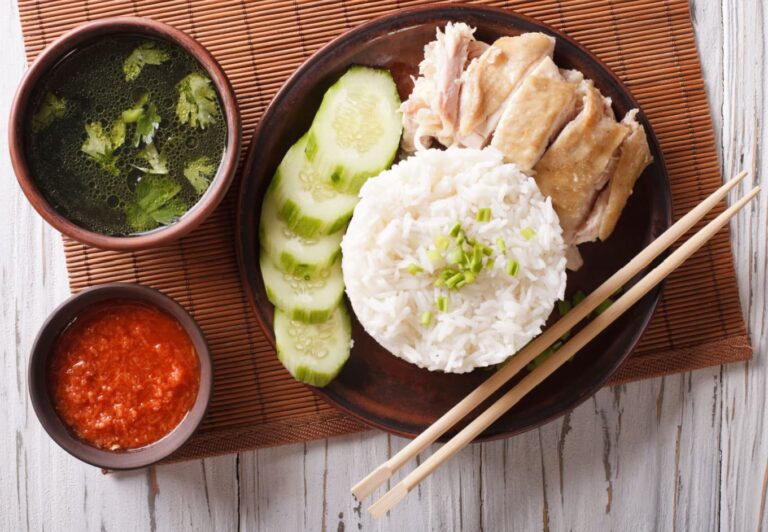Introduction to San Marino’s Culinary Heritage
San Marino is a small landlocked country that is located within the borders of Italy. Due to its geographical location, its culinary heritage reflects both Italian and Mediterranean influences. San Marino’s cuisine is characterized by its simple and rustic ingredients, which are sourced from the local environment. The country’s traditional dishes are prepared with a combination of fresh herbs, seasonal vegetables, and quality meats.
Characteristics of Traditional San Marino Dishes
Traditional San Marino dishes are typically hearty and filling, with a focus on using locally sourced ingredients. One of the most popular ingredients is game meat, particularly wild boar and rabbit, which are used in stews and roasts. Another popular ingredient is pasta, which is often served with a simple tomato sauce and fresh herbs. Additionally, San Marino cuisine is famous for its use of fresh seafood, such as calamari and mussels.
Top 3 Must-Try Traditional San Marino Dishes
- Torta Tre Monti – This dessert is made up of thin layers of wafers that are filled with a rich chocolate and hazelnut cream. It is named after the three peaks of San Marino’s mountains and is one of the country’s most famous desserts.
- Cappelletti – This is a type of stuffed pasta that is similar to tortellini. It is typically filled with a mixture of pork, chicken, and Parmesan cheese and served in a simple broth.
- Coniglio in Porchetta – This is a slow-roasted rabbit that is stuffed with garlic, rosemary, and fennel. It is traditionally served during special occasions and celebrations.
Traditional San Marino Desserts and Beverages
In addition to Torta Tre Monti, San Marino is also known for its simple and delicious desserts, such as crostata, which is a fruit tart, and zuppa inglese, which is a layered dessert made with sponge cake, custard, and chocolate. As for beverages, San Marino is famous for its wines, particularly its Sangiovese and Trebbiano grapes. The country also produces a variety of liqueurs, such as Amaro di San Marino, which is made with a blend of herbs and spices.
Best Places to Sample San Marino’s Culinary Delights
San Marino has a variety of restaurants and cafes that serve traditional dishes, but one of the best places to sample the country’s culinary delights is at the Borgo Maggiore Market. This outdoor market is held every Thursday and Saturday and features local vendors selling a variety of fresh produce, meats, and cheeses. Additionally, many of the country’s restaurants use ingredients sourced from the market in their dishes.
Conclusion: Celebrating San Marino’s Rich Culinary Culture
San Marino’s culinary heritage reflects its unique geographical location and rich history. The country’s traditional dishes are simple, rustic, and focused on using locally sourced ingredients. From Torta Tre Monti to Coniglio in Porchetta, San Marino’s cuisine offers a variety of delicious dishes that are sure to delight any food lover. By celebrating San Marino’s rich culinary culture, we can gain a deeper understanding and appreciation for the country’s unique heritage.

